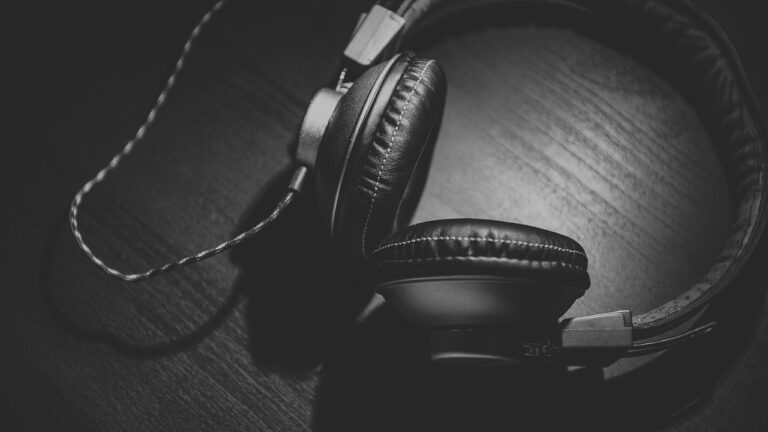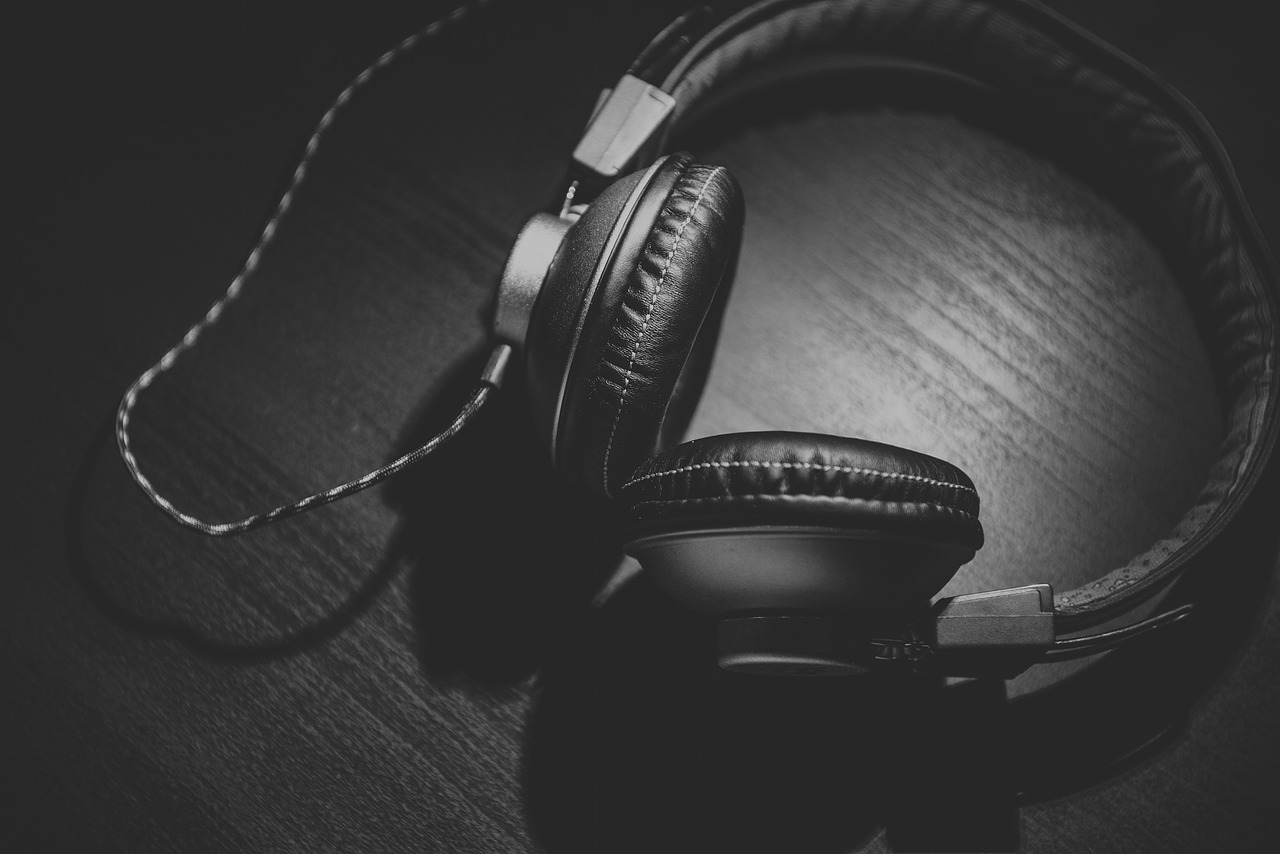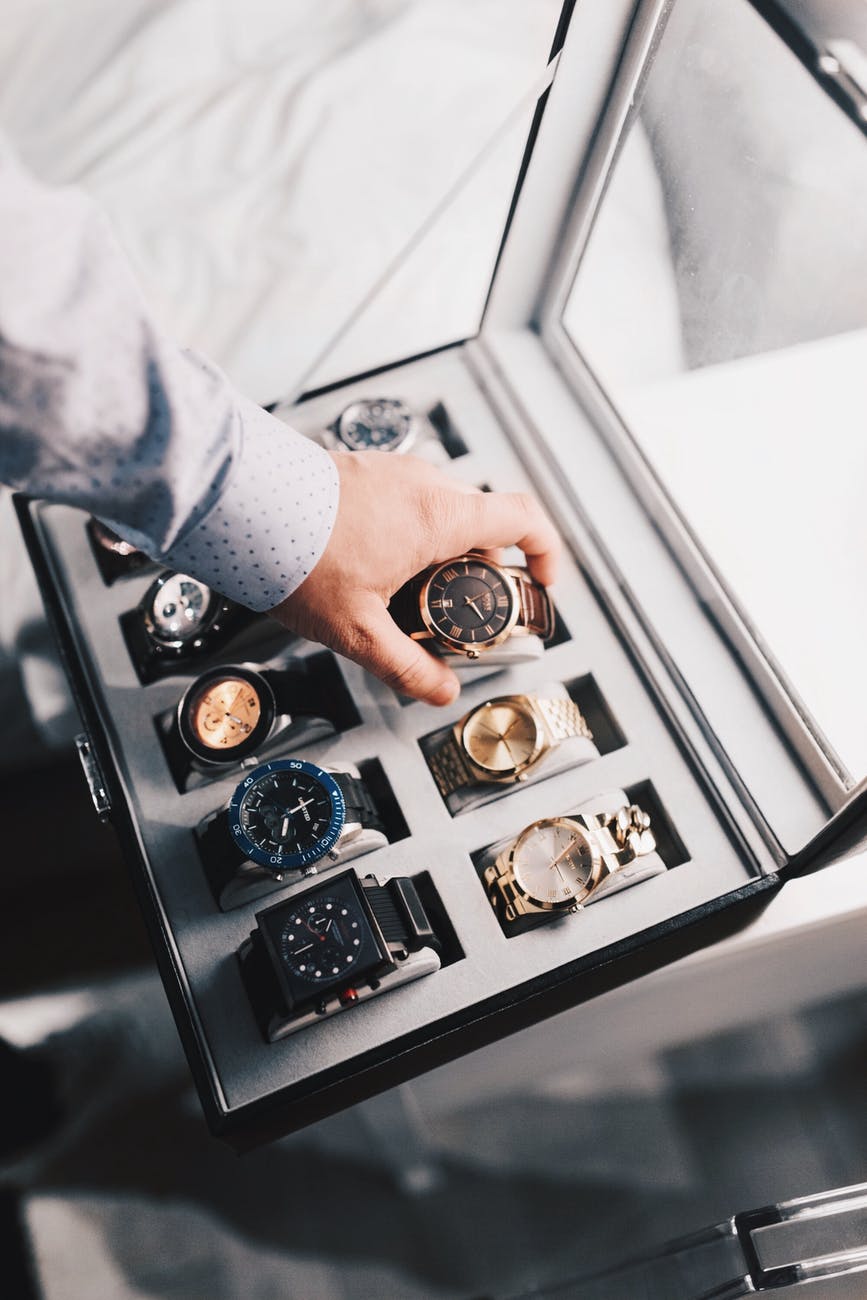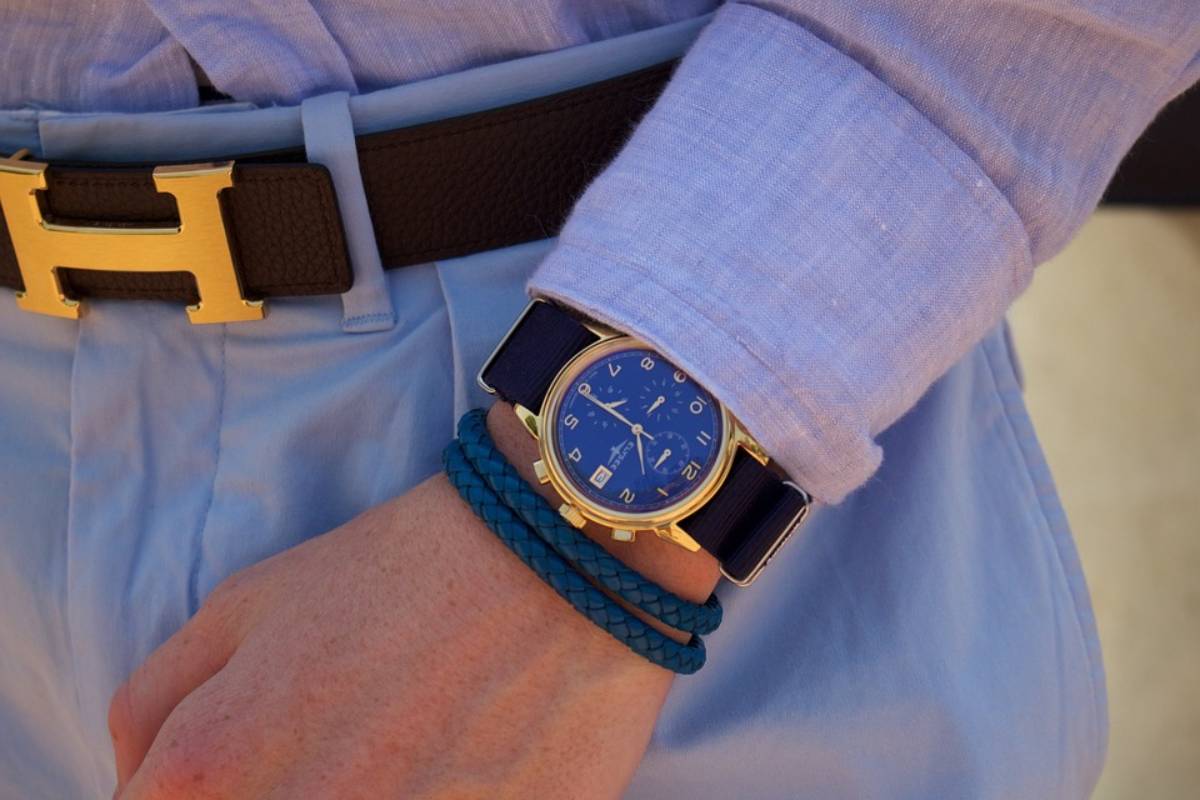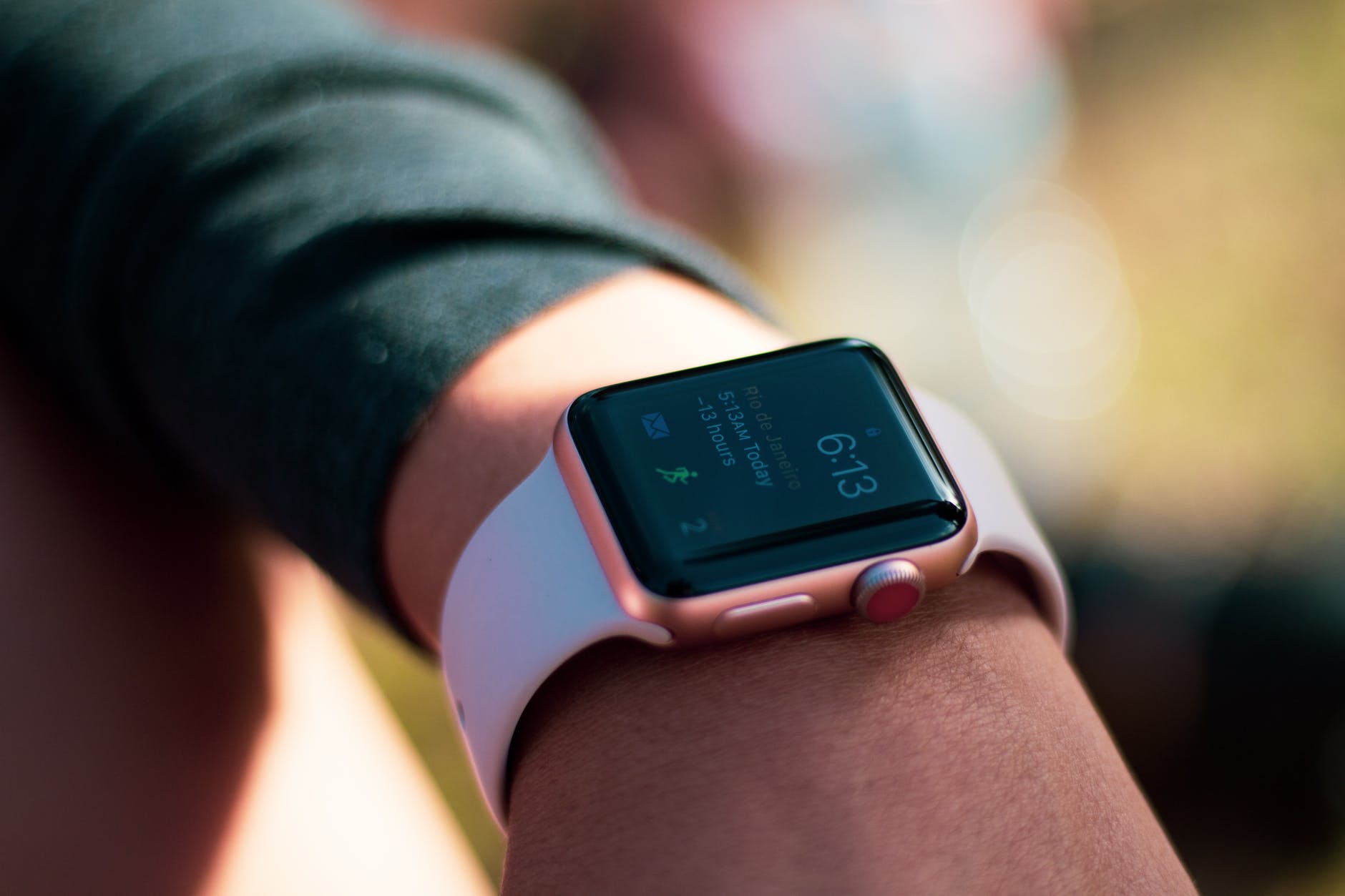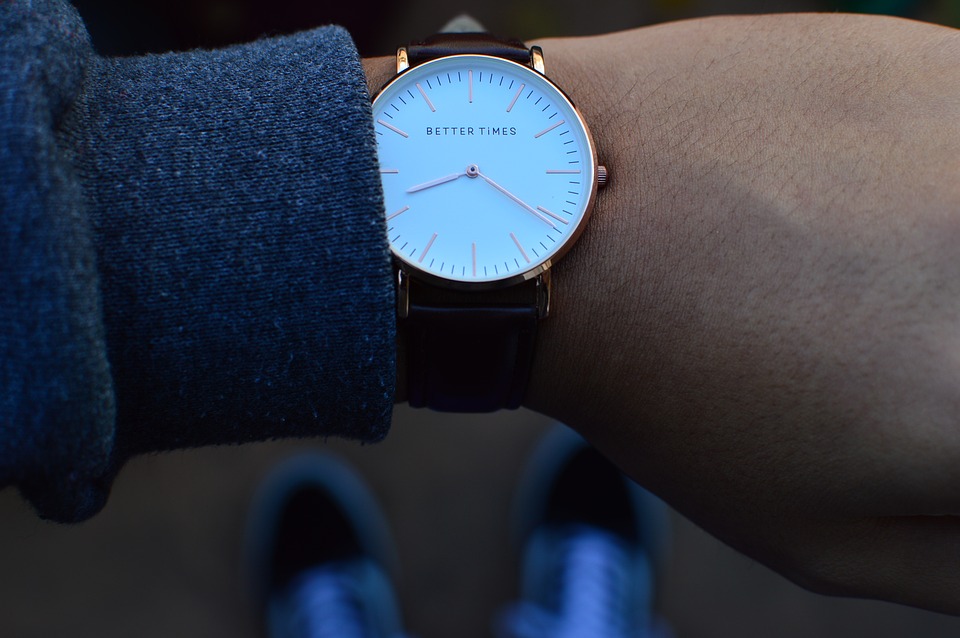The Walkman, introduced by Sony in 1979, revolutionized the way we see and feel the world as we pass around it. With the introduction of portable music, headphones went from being a stationary gadget for use at work or home to being a common accessory—the first wearable technology. Headphone are a true intersection of innovation and fashion, demonstrating how technical progress has come to affect the style in our culture—just count the number of Beats headphones on every subway or plane.
Headphones have also been a significant mediator of in-person social space. Anyone with a smartphone and a pair of earbuds can create and replicate ambient private spaces that are sonically and emotionally isolated from their physical location. The capacity of headphones to separate and construct one’s own reality has kept them important from their first deployment as military technology to their daily presence in the urban street and workplace. We are now capable of scoring our own films.
The year of 1890
Headphones, like almost all personal electronics, began as a type of work equipment before being synonymous with recreation and pop culture. From the 1890s to both World Wars, American switchboard operators wore a plain wire-frame headset with a single black bud in one ear. A horn-shaped microphone slung over the shoulder was connected to the headset.
Workers at these switchboards, most of whom were women, used them as a kind of analog social networking, linking homes and offices via telephone by plugging and unplugging switches. The easily inserted but stable headphone jacks that were used to attach early headphones to switchboards became the norm for headphone jacks until today.
Developments in 1910
Nathaniel Baldwin, a technically inclined churchgoer by way of Stanford, invented the modern headphone to amplify the sound of sermons at his Mormon temple. Baldwin’s headphones had a mile-long coil of copper wire in each earcup that received sound without the use of electricity, and they set the standard for modern earphones’ big cup shape. Two elegantly spaced bands linked the headset’s earphones around the ears.
When the United States Navy bought them to equip sailors during World War I, his concept took off. The military’s use of these headphones, which were used by sailors to isolate sounds broadcast from afar, gave them a more intense, solitary aesthetic than the hand-held Electrophone headset. The Jules Verne-Esque steampunk look was completed by an antennae-shaped brass spoke on each earphone, which enabled the headset to be adjusted to different sizes.
Also Read: How Technology Has Influenced The Gaming Industry
The year 1958
To demonstrate the sound quality of his portable phonograph, which had a revolutionary “privacy switch” for intimate, silent listening, inventor John Koss designed the first pair of hi-fi stereo headphones. The headphones, which allowed people to listen to stereos quietly at home and were popular with military men returning from war, turned out to sell faster than the stereo.
The basic concept of Koss’s first pair of headphones was based on Baldwin’s Navy headphones, but with larger headphone cups and advanced stereo technology. The thin leather headset band from Baldwin was kept, but padding was added for comfort. As the 1960s ushered in the jet age, the Koss headphone took on a more futuristic, high-tech theme, with wider headbands, radio dials, and noise-canceling cups reminiscent of fighter pilots’ headgear.
The 1960s and 1970s
Throughout the 1960s and 1970s, Koss’ headphone marketing kept up with pop culture, with ads featuring everybody from King Kong to the smiley face—the first emoji—wearing them, and by constantly introducing new styles like the denim-trim ‘Easy Listening’ headphones and the Pneumalite earcup, which mimicked the shape of the ear.
The year was 1969
Sennheiser developed a headphone design that let some sound in after Koss made headphones famous as a way of turning up the stereo and shutting out the world. The Sennheiser HD414 was the first open headphone on the market, with ventilated cups that let outside sound in, indicating a future where headphones will be worn in public rather than at home or at work. The HD414’s bright yellow foam earpads and trademarked “Open-Aire” earphones had a light, proto-80s neon vibe that foreshadowed the mobile tech age to come.
In 1979
With the advent of the Walkman, the first super-light portable cassette stereo, the existential function of headphones was transformed from a technology of quiet focus to a way of creating freewheeling human autonomy and wall-less privacy in public space. A Walkman ad from the 1980s asked, “The advancement of sound continues, but what about Mankind?” It was a bold claim for the Walkman to be an entirely new kind of techno-human hybrid experience.
The Walkman and its featherweight headphones—a single thin metal band linking two thin foam-covered earphones—could be worn in public in either on or off mode, creating a sense of mobile private space anywhere. With two headphone jacks for cooperative listening, the Walkman sparked a surge of low-cost aftermarket headphones, paving the way for potential headphone-only businesses.
In the year 2001
The Apple iPod revolutionized digital music listening in the same way as the Walkman revolutionized portable cassette stereos in the 1980s. The iPod was smaller, lighter, and quicker than anything before it, with the promise of “1000 songs in your pocket,” and its famous earbuds served as visual shorthand for this breakthrough. The iPod’s light, smooth, white headphones were an easily identifiable, advertised improvement over most portable music players’ unremarkable earbuds.
The iPod advertising cleverly created a visual identity between the earbuds and the iPod itself, showing Robert Longo’s dark silhouettes dancing while carrying the iPod, its high-contrast white cord flailing about. The iPod technology is highlighted in these commercials, while the wearer fades into the background, effectively turning the human consumer into a fashion mannequin for the technology. When the iPod was released, Apple hadn’t had a must-have product in years, but the world was quickly moving toward digital media, and the iPod’s sporty-punk simplicity became the new emblem of millennial modernity.
The year 2008
Beats by Dre debuted in 2008 with a headphone line that built on many of the characteristics that had already made headphones perennially cool: the technical heft of Koss’ stereo headphones, coupled with the colorfulness and pop-orientation of Beatlephones, as well as the technological advancements of Bluetooth and noise cancellation.
Beats also brought a touch of minimalism to the mix, eliminating metal joints and hardware while smoothing the edges of the conventional headphone. The headphone came into its own with Beats, not only as a technology for individual privacy and social influence, but also as pure fashion.
Also Read: Top 6 best free WordPress portfolio themes in 2020
The decade of 2010
Headphones were everywhere by the time the iPhone and other smartphones were popular in the 2010s. A proliferation of new earbud and sports headphones provided less bulky styles to serve an environment in which people wear and use mobile devices at all times, with vibrant Beats on one end of the hypervisible scale. Lady Gaga’s HeartBeats—diamond-cut designer models of daily earbuds—extended celebrity and fashion labels into personal technology.
Even neckband headphones, which in the 1990s had zany curved earpieces and evoked an ‘Xtreme’ sports aesthetic, such as Plantronics Backbeat Fit headphones, became more sophisticated and streamlined. New swivel innovations, such as those used in the Oppo PM3, have made wearing headphones around the neck—almost as a kind of jewelry—more convenient, enhancing the headphone-as-fashion use case. New internal technologies, like planar magnetic drivers, broadened the range of sound spec options and made shopping for the right headphones more complex than ever.
Long-selling headphones, such as the noise-canceling Bose Quiet Comfort, which was first conceived in 1989 by an engineer hoping to combat airplane noise, are still selling. There are headphones for any aesthetic and scenario in the 2010s; the challenge is finding ones that meet your technological and style requirements.
Important events of 2017
The Airpods are basically two Bluetooth-enabled white earpods with an inch or two of white tube attached to each, like hanging periscopes for the ears, and are Apple’s latest attempt at evolving headphone design. Although the sinuous white cord of the original iPod earbuds became a selling point in 2001, the Airpods are tetherless and come with a white box for storage and charging. The Airpod seems to try to do for the businessman’s Bluetooth earpiece what Apple did for the nameless earpod of the 1990s. If Apple’s Airpods succeed in catching our desire in the same way that the initial iPod earbuds did—and early sales reports say they will—we may be on the verge of another headphone revolution.

